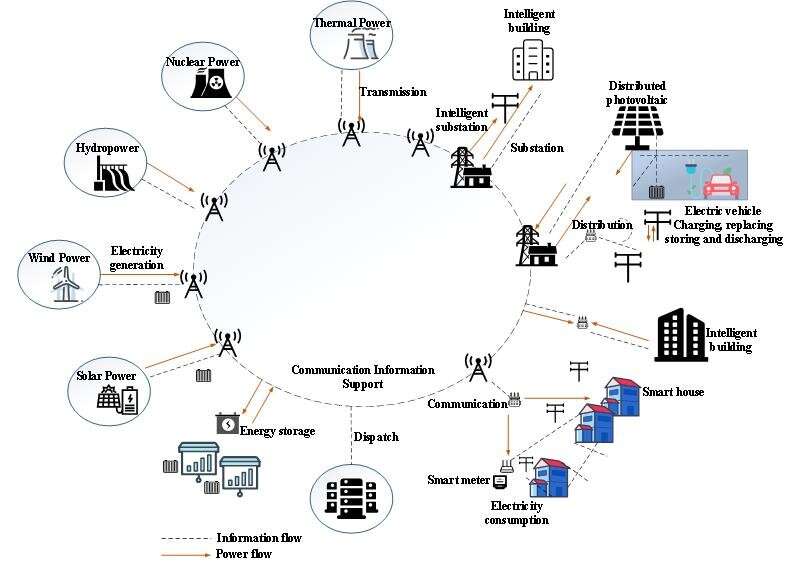
The fundamental solution to achieve the goal of “carbon peaking and carbon neutrality” is to transform traditional energy consumption toward a low-carbon environment. A power system with new energy sources can guarantee the low-carbon transformation of energy.
A joint research team led by Shanghai Advanced Research Institute of the Chinese Academy of Sciences and Nanjing University of Posts and Telecommunications proposed a novel multidisciplinary approach to support future power system towards low-carbon emission target. The results were published in Renewable and Sustainable Energy Reviews on May 19.
The researchers took large-scale electric vehicle clusters into the power grid as a case study, and proposed the framework of interactions with physical flow, behavioral flow and information flow.
They analyzed physical characteristics of electric vehicle clusters providing power system reserve from perspectives of performance characteristics, resource aggregation, scheduling strategies, and market mechanisms.
Then, they highlighted the importance of social factors and proposed a hybrid simulation technology that integrates human participants and computer multi-agents to solve the problem of heterogeneity in users’ decision-marking behavior.
In addition, the potential solutions regarding global communication coverage, frequency band interference and avoidance, communication security were discussed, and priority protection was customized.
The study provides technical support and feasible directions for multiple types of distributed reserve resources such as large scientific installations, office buildings, and industrial and agricultural production loads, which can enhance the flexible regulation capability of future power systems.